Trap Neuter Return Cats: An Interview With Elizabeth Cook
Trap neuter return cats are at the heart of Elizabeth Cook's mission in Jersey City.
In this interview, she shares her experiences, challenges, and successes in managing street cat populations through TNR, educating the community, and advocating for humane solutions.
Trap Neuter Return Cats in Jersey City
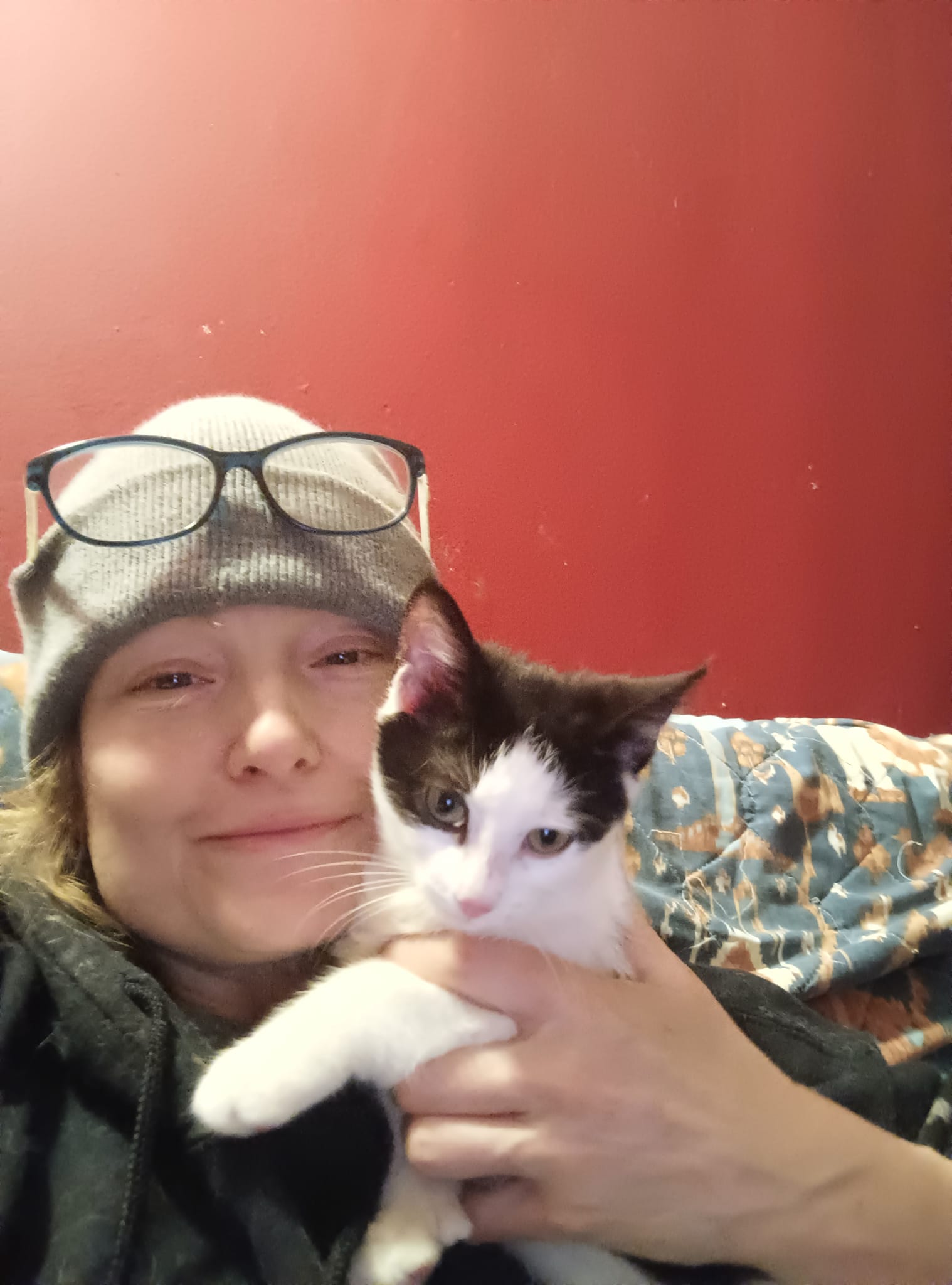 Photo Courtesy of Elizabeth Cook
Photo Courtesy of Elizabeth CookMy name is Elizabeth Cook. I do trap neuter return cats, or some people call it TNVR - trap, neuter, vaccinating, return cats in Jersey City.
I completely focus on Jersey City because there are tens of thousands of cats in Jersey City streets alone and that's a lot of cats for one area.
So we do the best we can to educate people.
Every city has different rules and different ways of handling trap neuter return cats.
There are different rules about feedings and other laws and ordinances.
Not everyone has come around to trap neuter return cats but so far it has been proven that is the best solution to maintain the street cat colony populations.
Why Trap Neuter Return Cats?
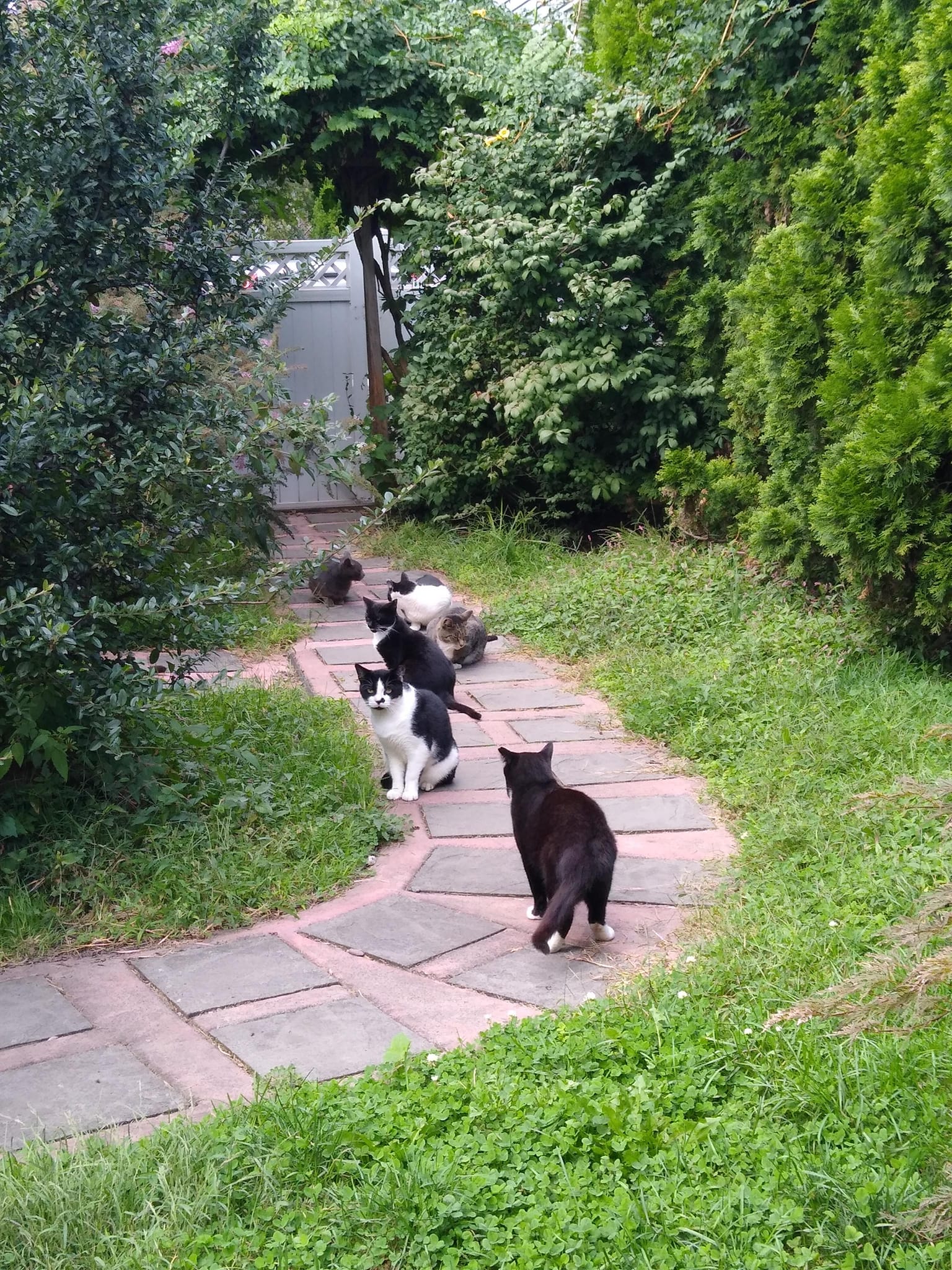 Photo Courtesy of Elizabeth Cook
Photo Courtesy of Elizabeth CookThere are people that believe that the cat population is killing the birds so we should just euthanize them all.
However, they have tried that before and there is this thing called the vacuum effect.
If you just gather a bunch of cats and remove them, then it's a vacuum effect. It'll get filled by other cats.
We're dealing with such a monumental problem, or challenge. The goal is to educate and to stop future generations of cats from happening.
We need to make sure that people who are dumping cats, or even if you adopt a cat and bring it into your house - neuter your cat. Just do it.
Just neuter them because it's it's going to make you happier.
It's going to make the cat happy and healthier.
A lot of times if you have an unneutered cat it will get out of your house and if this is happening daily in Jersey City, then the population is going to continue and continue and continue to grow even if there are TNR solutions.
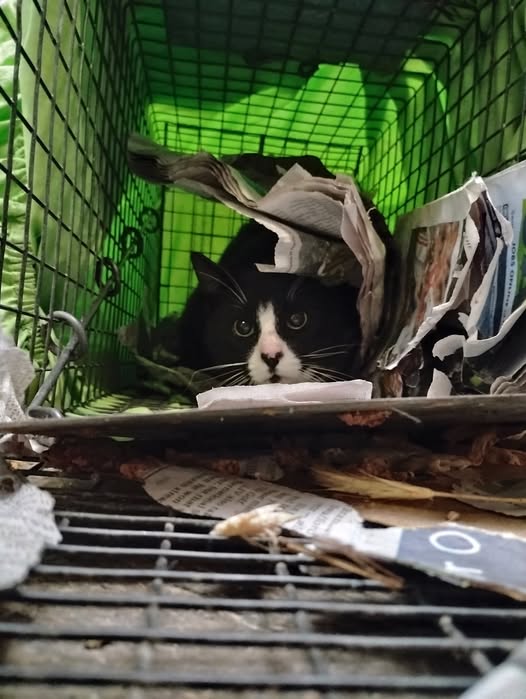 Photo Courtesy of Elizabeth Cook
Photo Courtesy of Elizabeth CookWith TNR you got to make the calls, find the appointments, and find the trappers.
You can rent traps from animal control or you can hire someone to do it for you.
I believe animal control charges per cat and there are some rules. I don't think they're allowed to go through people's houses, so you'd have to do it yourself in certain situations.
If you have a quantity, let's say six cats in your backyard, and if you don't handle it right away it could turn into 40 cats in two years,
I've got proof of this it will happen you don't want that.
The first litters might be very cute but after a while your friends and your family members aren’t going to want those kittens anymore.
It gets sad when you see they don't make it. About 80% of kittens out there do not make it but the ones that do, procreate.
Then the cycle continues and continues.
Don’t Just Feed Feral Cats - Trap Neuter Return Cats
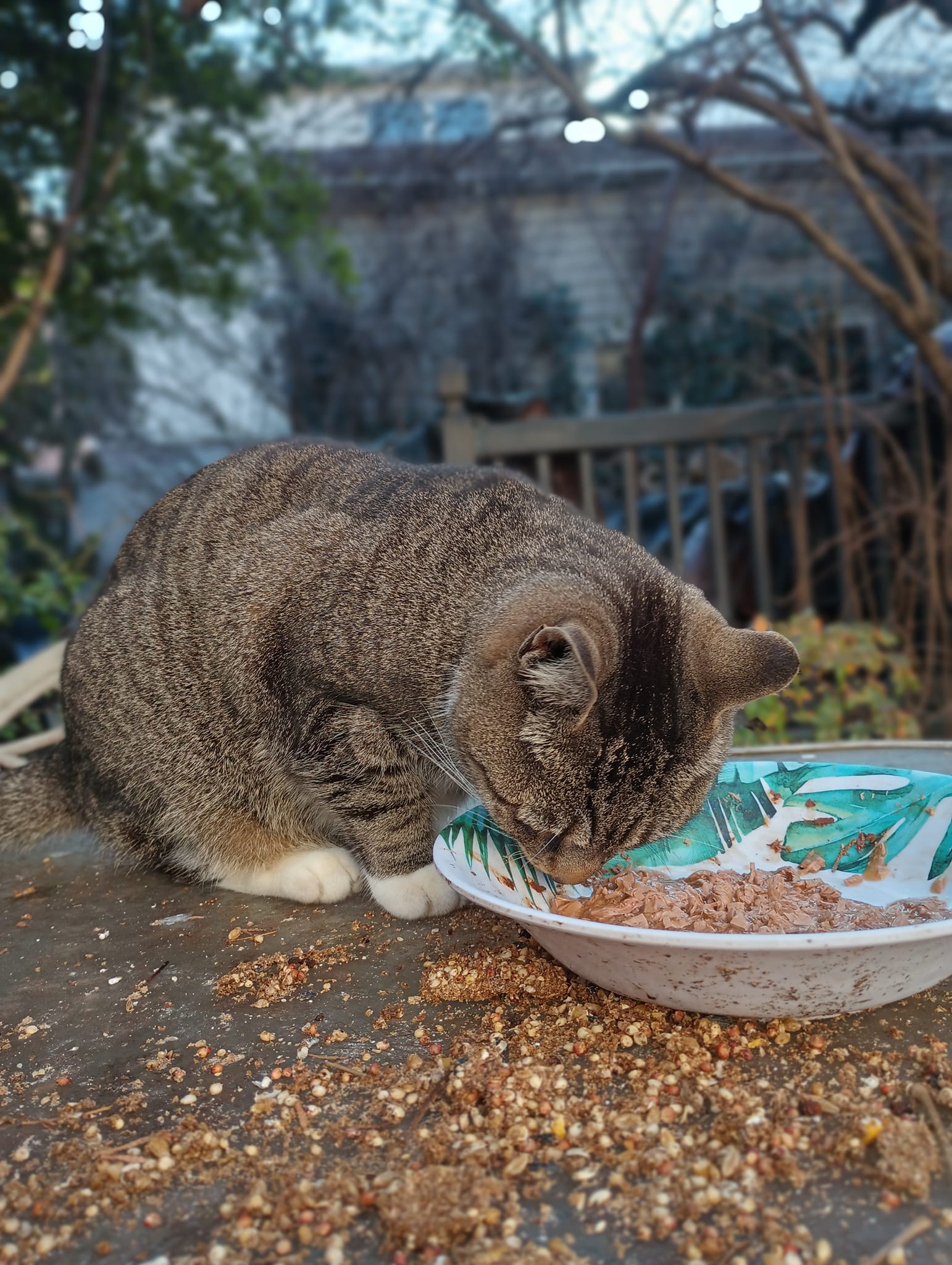 Photo Courtesy of Elizabeth Cook
Photo Courtesy of Elizabeth CookThey did a study and there's an average of 2 to 3 feeders per block in Jersey City.
I've seen that first hand over many many years of doing this, unless it's like an industrial area or it's something like that.
There might be less feeders in an industrial area, but there are usually always some feeders there.
People will see the cats and they'll just keep going back and this proves that inherently we're good people.
But it shouldn't just stop at the feeding.
I call it colony management and I teach a little workshop on that if anyone needs help.
Don't stop at being a feeder.
The next step is to do trap neuter return cats and after that, there are also a lot of other colony management things that we can go into.
Involve the Neighborhood in Taking Care of the Cats
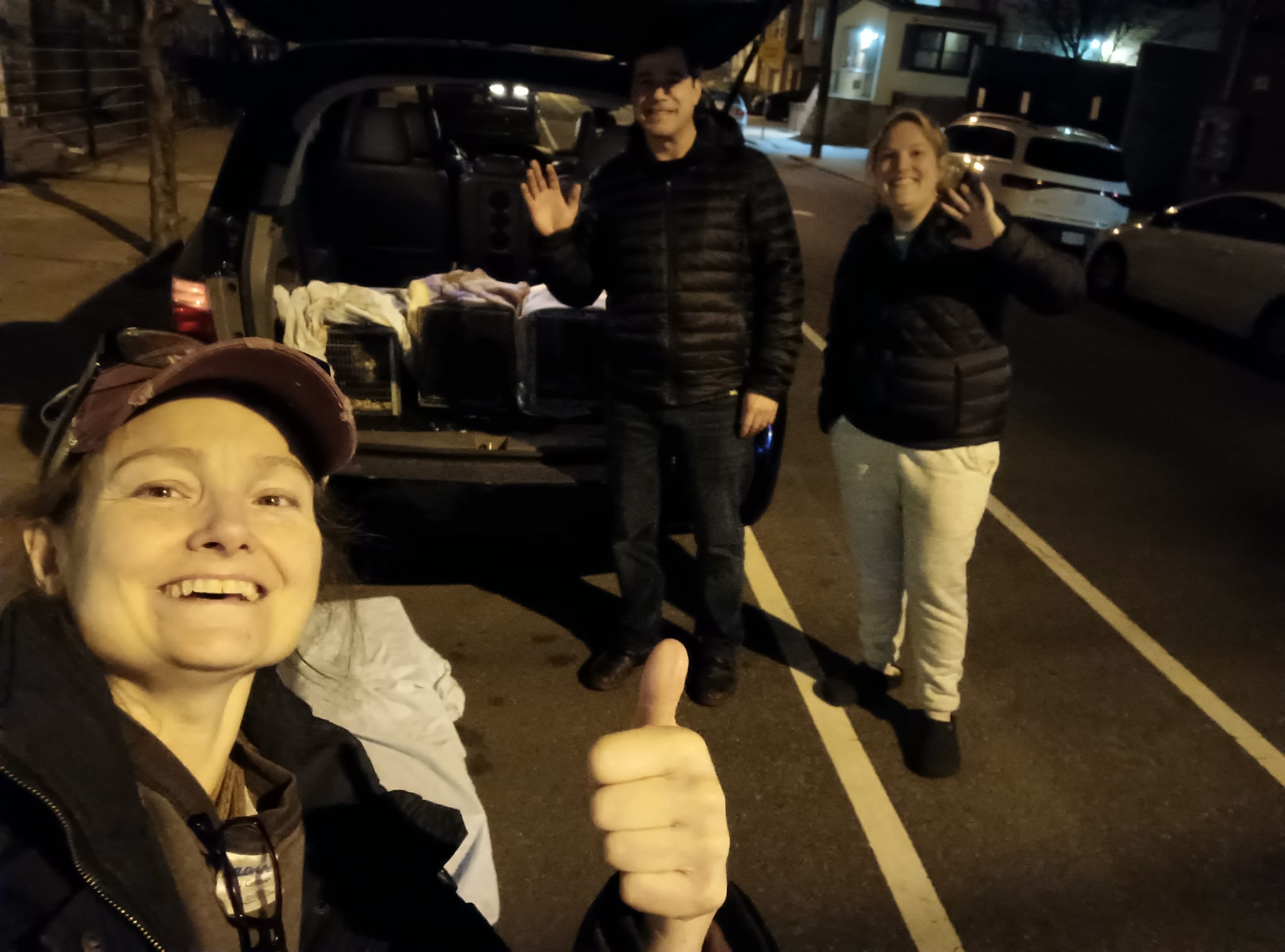 Photo Courtesy of Elizabeth Cook
Photo Courtesy of Elizabeth CookWhen you first do trap neuter return cats and colony management you definitely want to talk to your neighbors.
This is what I love about community cats. We call them community cats because cats don't go far - they have their own little community.
The next really important thing to do after you've established that you're feeding a colony is that you want to get them on a regular feeding schedule.
This is going to make things so much easier for you, so much easier.
I like to feed in the morning. I'll give them wet food in the morning and I'll leave dry food and water.
I leave water out 24/7. I'll leave dry food out during the day.
You want to remove the food at night so you don't attract wildlife. It is illegal to feed the wildlife anyway.
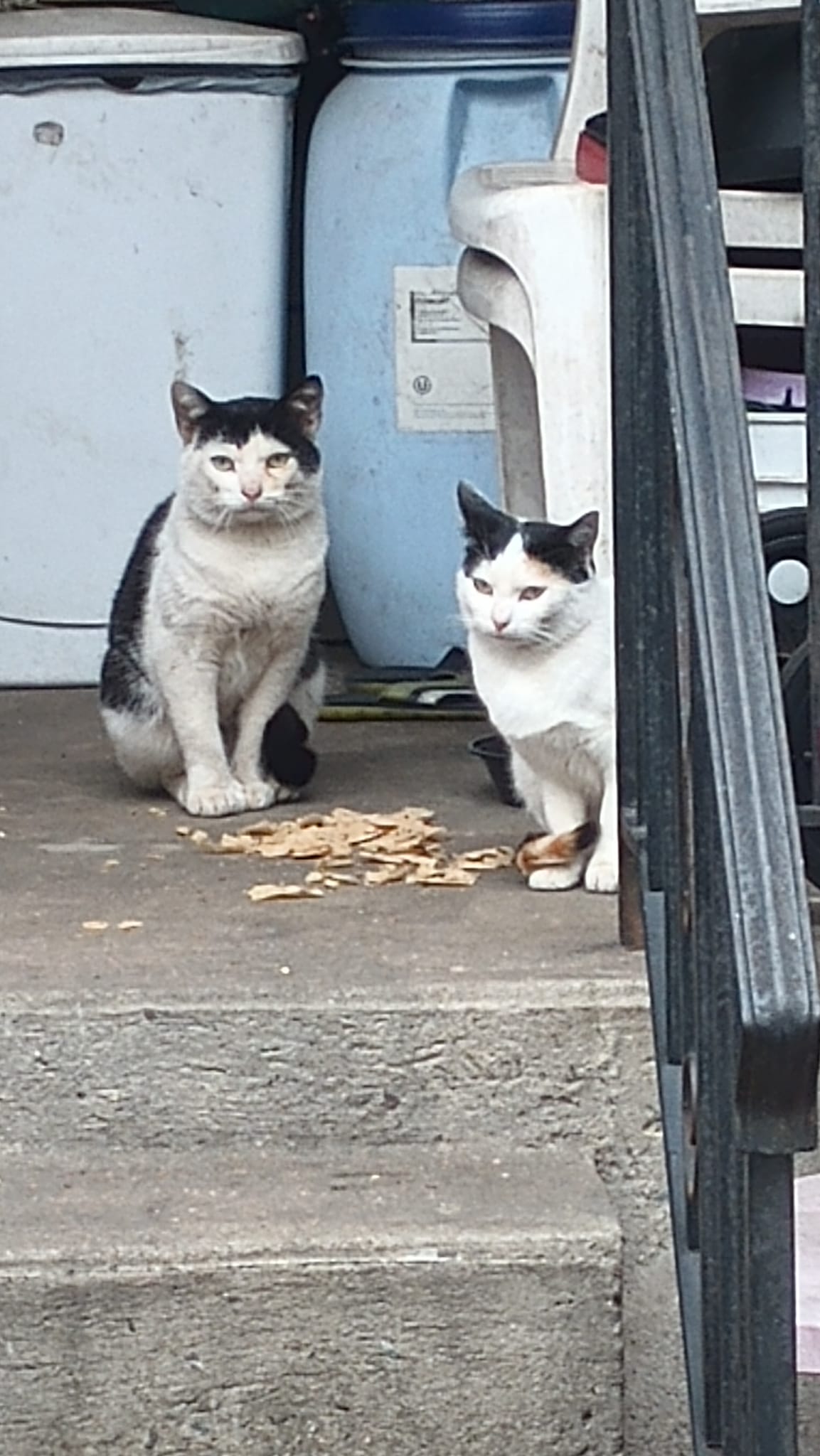 Photo Courtesy of Elizabeth Cook
Photo Courtesy of Elizabeth CookYou need to see if there are other feeders on your block, in the block behind you, or in the street across from you. Usually, the cats don't go further than that.
They're just going to be in the block in front of you you're a block or the block behind you that's where the cats will go so those three lines of houses.
If you can visualize that, you can follow the cats and see where they go. You can look around. You can knock on doors. You just walk around your block.
Look to see if people have bowls on their front porches. If they have bowls on the front porches then, here's the awkward part, knock on the door. Or you can leave a note if you feel more comfortable with that.
I like to leave a note with a can of food saying I love the cats too or I feed the cats too - I’d love to talk to you about trap neuter return cats.
This is also really helpful in trapping - you find out you're feeding the same cats.
It's also great if you want to go away on vacation - that neighbor can take over feeding.
You guys can help with the costs. It's just really great.
I know on my block, and on many blocks, after a trap neuter return cats people start talking with their neighbors when they have never spoken to their neighbors before.
It's fantastic because there's a sense of community and this shared love of the cats and their welfare and their health.
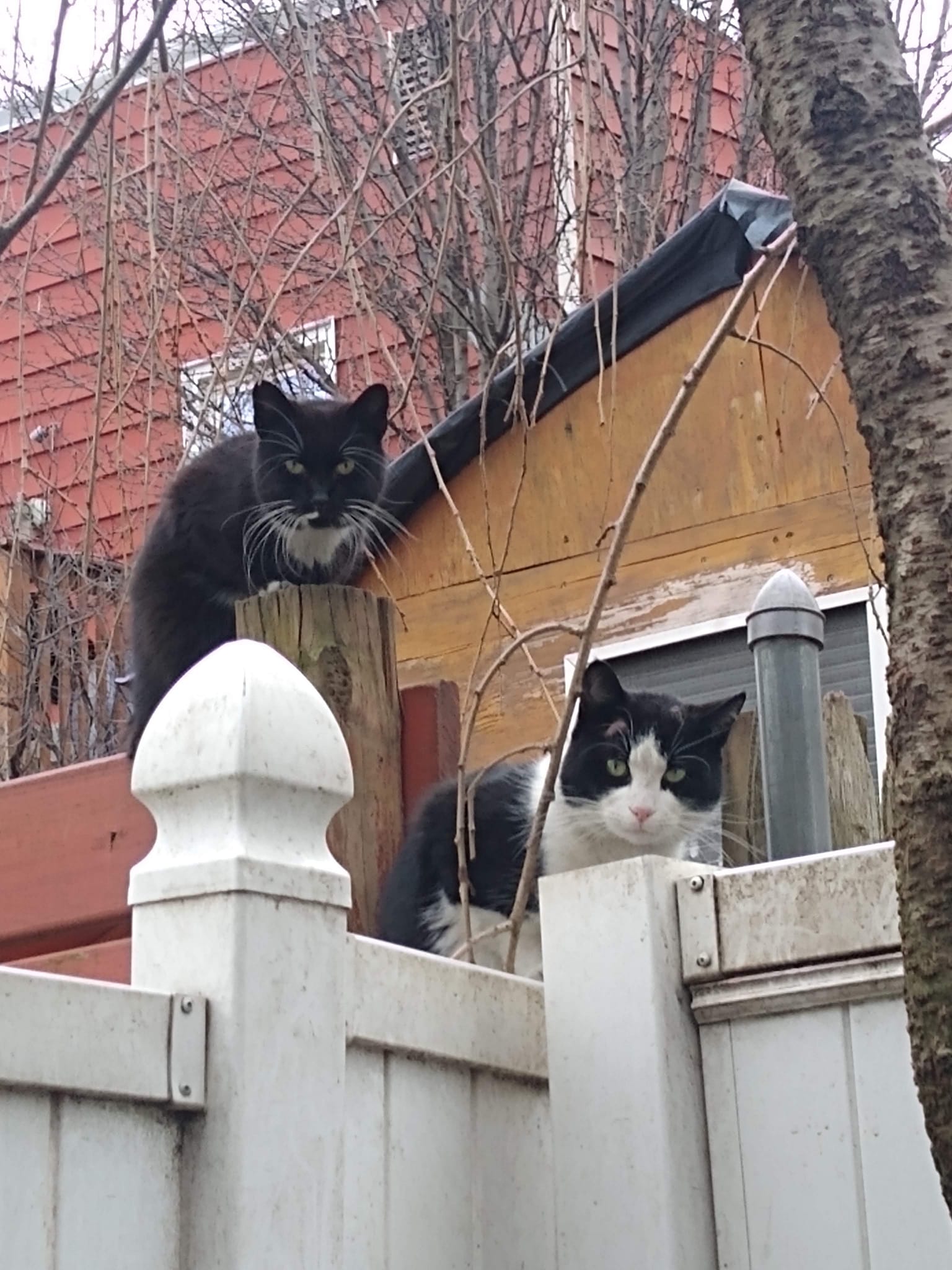 Photo Courtesy of Elizabeth Cook
Photo Courtesy of Elizabeth CookOccasionally you will run into trouble and problems, but ideally what happens is you find the other feeders, you talk to them about trap neuter return cats, you educate them, and then you organize the TNR.
I recommend anybody who's feeding cats to buy one trap for themselves. You can get a havahart trap.
You should have a trap that has two openings one on either side - some of the traps only have one.
I take the cats to a low-cast vet for trap neuter return cats. People for Animals is a low-cost vet that I do a lot of TNR within Jersey City
Successful TNR Starts with a Plan: How to Organize, Trap, and Care for Cats Safely and Effectively
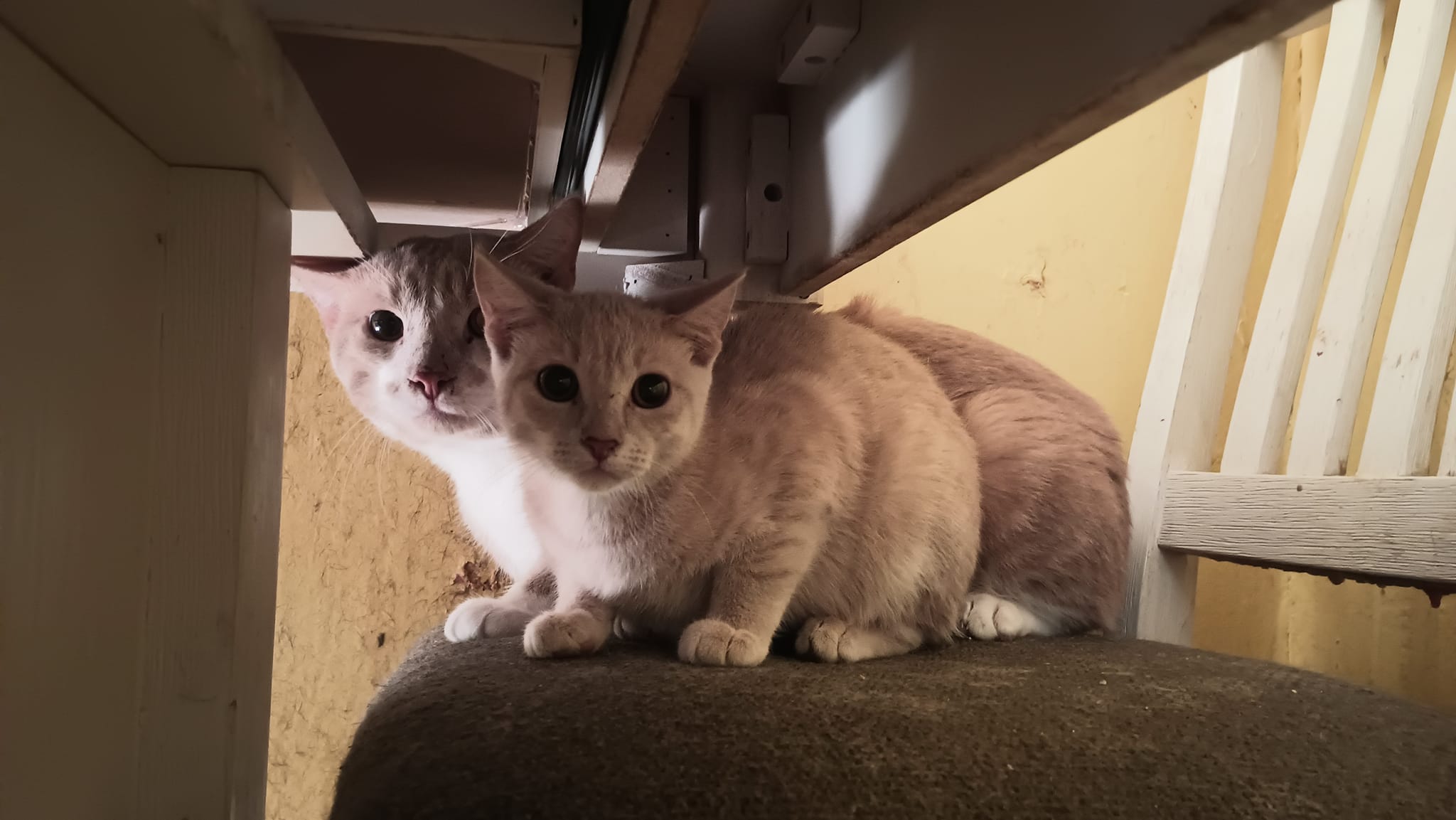 Photo Courtesy of Elizabeth Cook
Photo Courtesy of Elizabeth CookOnce you get this in motion and get it planned out, you're going to have the cats on a feeding schedule, you're going to put the two traps or however many traps for the cats you're going to neuter that week.
When you trapped your cats in the backyard you're going to have the week planned out - don't do it willy-nilly.
Always always have a plan.
You're going to give yourself two days to trap the cats and then you're going to cover those cats.
Cats always get covered with sheets, it makes them feel safe.
Cats Like Small Spaces
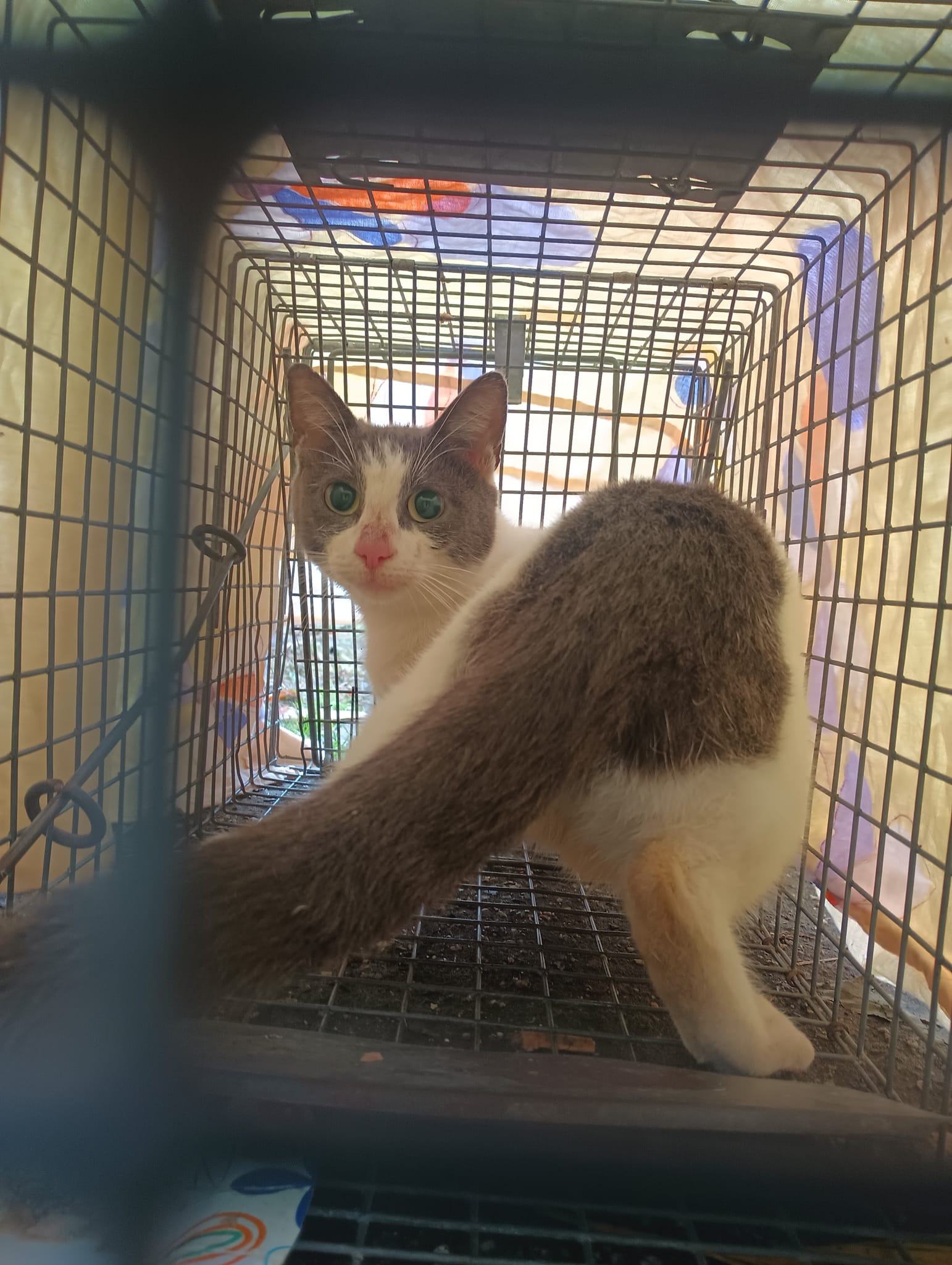 Photo Courtesy of Elizabeth Cook
Photo Courtesy of Elizabeth CookCats actually feel better with small spaces so if the trap seems too small for a cat to spend three days in, guess what, they're more comfortable there than they are running free in your bathroom.
Don't let them out of the trap, especially feral cats.
You could get injured, the cat could get injured, and the cat's not going to be happy.
They feel safer in the trap. All the cat will do is run and hide under a bed. They're going to run, they're going to find a small space to hide.
So you are much better at controlling the situation by keeping the cat in the trap. It's only for a couple of days.
They will live and their lives will be so much better. I mean you will see the drastic change in their appearance and their health and their welfare. It's amazing how much better they look after TNR!
They shave their bellies. Don't worry - there are three layers that they do for TNR cats so it's not like it's stitches or anything like that. The bottom layer is dissolvable stitches, then the next layer is like crazy glue - it's insanely tight, and then there's a top layer that’s glue.
After you do the trap neuter return cats, you hold them for one or two nights.
If they're sick or something you want to hold them for a longer period of time. In that case, you can contact someone to help you for longer-term holding.
But if everything goes as planned they're in they're out within two days. You release them.
Stray Cat Shelters - Especially Needed in the Winter
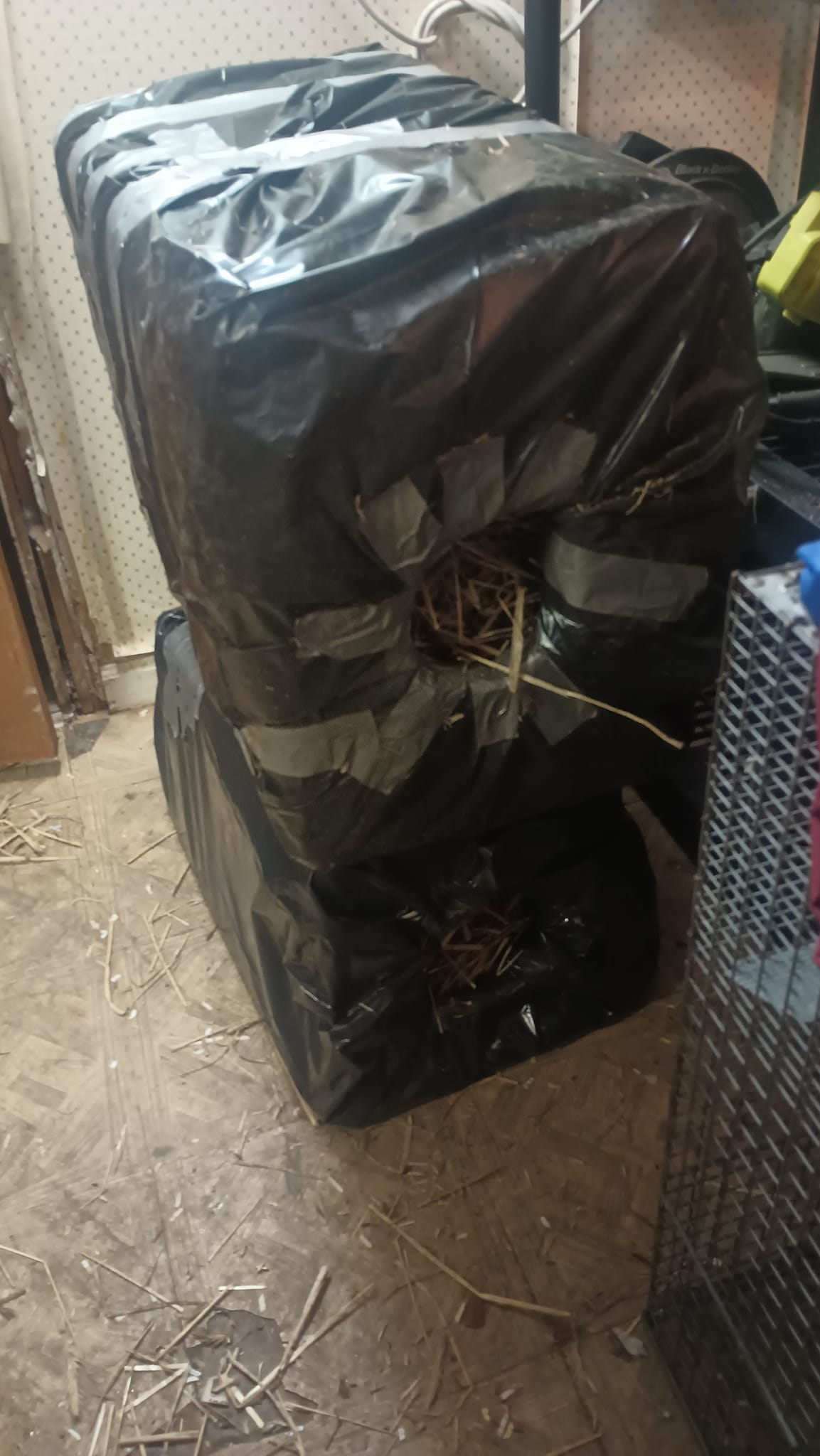 Photo Courtesy of Elizabeth Cook
Photo Courtesy of Elizabeth CookI recommend having shelters especially if you're going to do trap neuter return cats in the winter.
You want to put the cat right back out immediately after TNR. If it’s raining or deep snow or something like that you might keep them inside give the cat a couple of days and then let them out in good weather.
But if you have shelters for them that also helps with recovery time. It helps the cats in general. Neighborhood Cats has a link for how to make shelters.
Shelters are really important for not just being a feeder but being a colony manager.
You're managing the cats and helping them.
This is how you really help them, rather than just feeding them.
Just feeding them promotes some to breed which which can turn into like a a huge 40-cat disaster where it's just a cruel situation.
Trap Neuter Return Cats - It's Best for Everyone
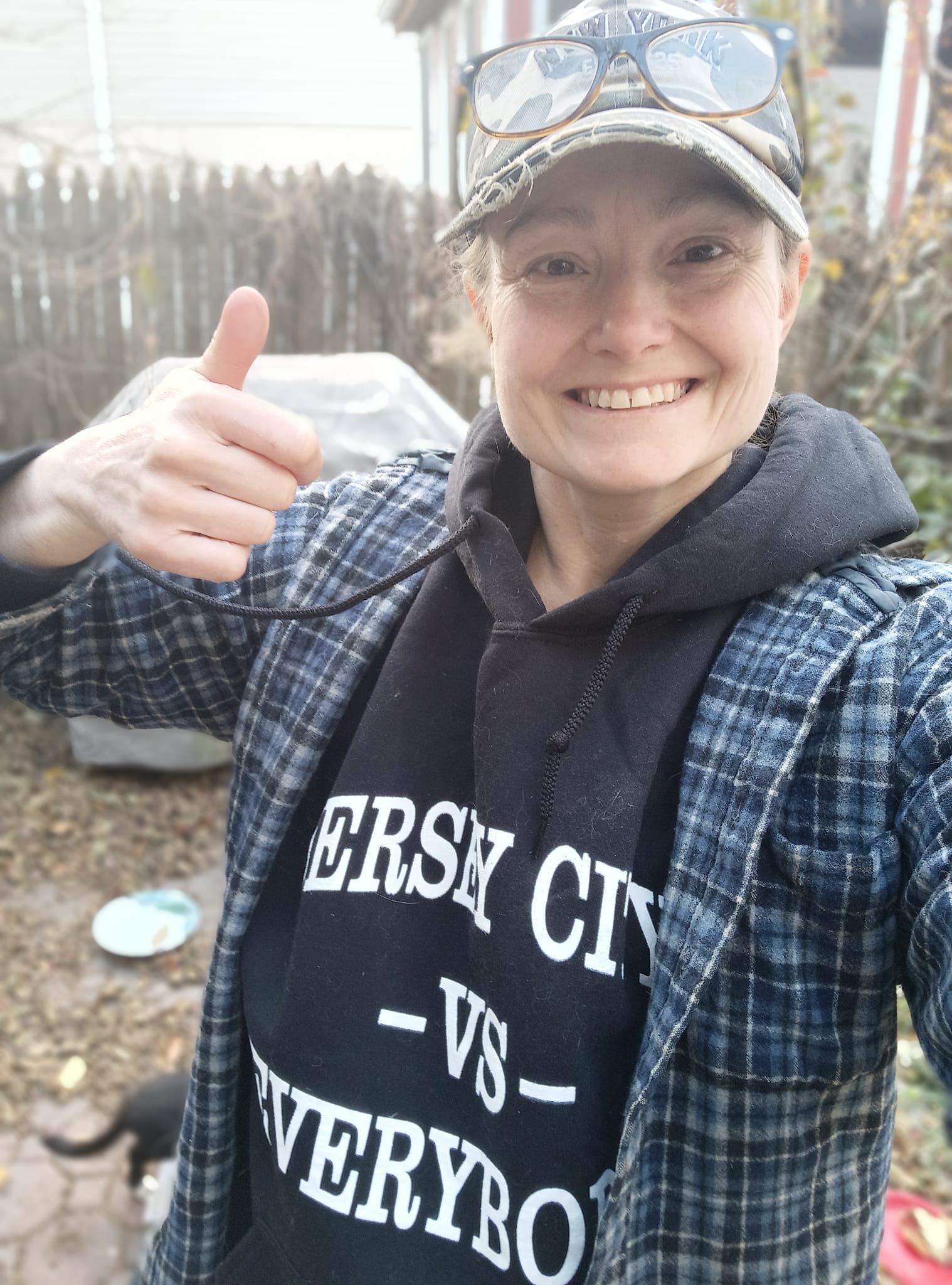 Photo Courtesy of Elizabeth Cook
Photo Courtesy of Elizabeth CookSo this is the best way to handle it if you really love your backyard cats.
This is what you have to do.
This is hard, it's tough, some of you might love trapping some of you might be horrified by it, but understand it is the best way to handle the situation.
It is the most humane way to handle the situation.
Your neighbors are going to be happy. You're going to be happier. And, most importantly, the cats are going to be so much happier and so much healthier.
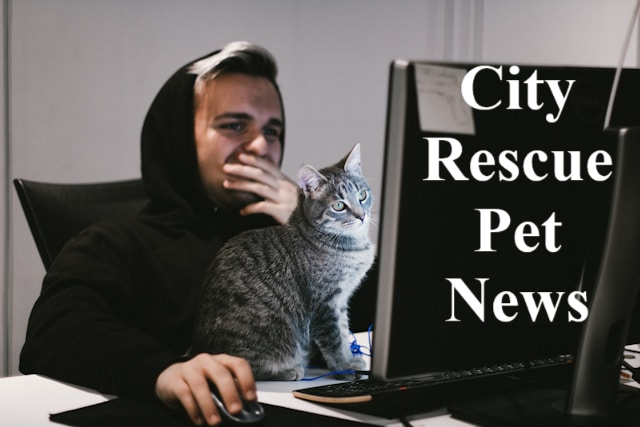



New! Comments
Have your say about what you just read! Leave me a comment in the box below.